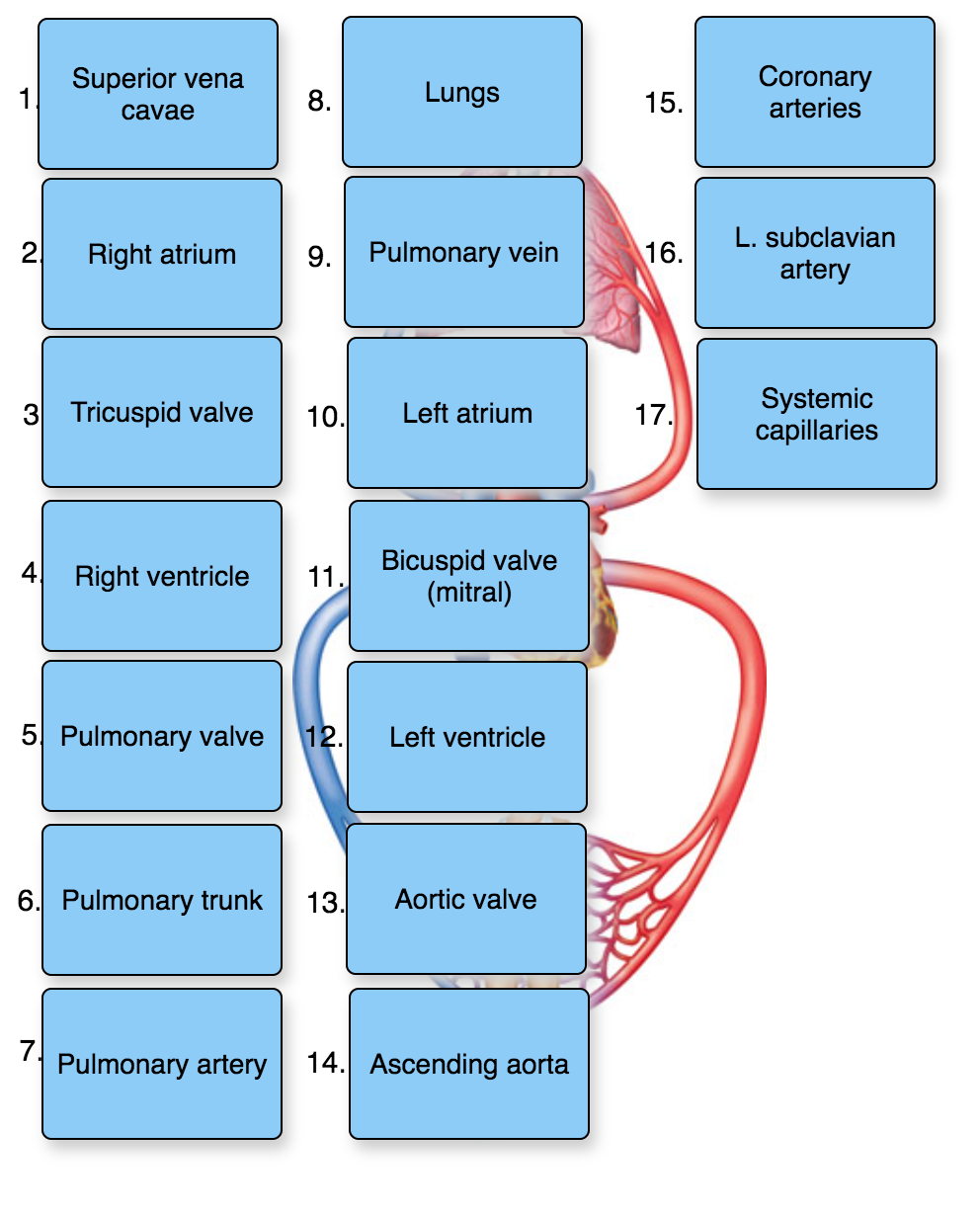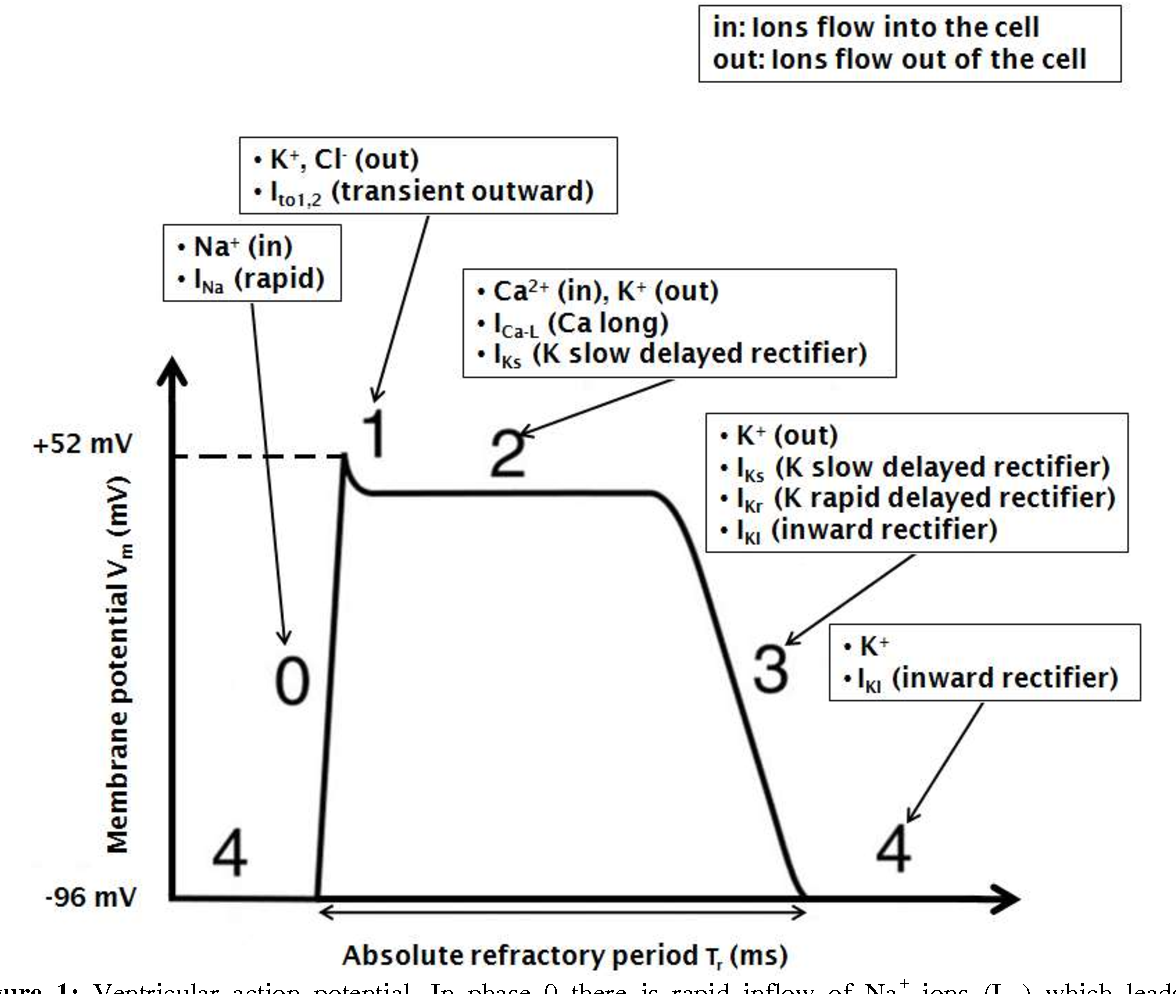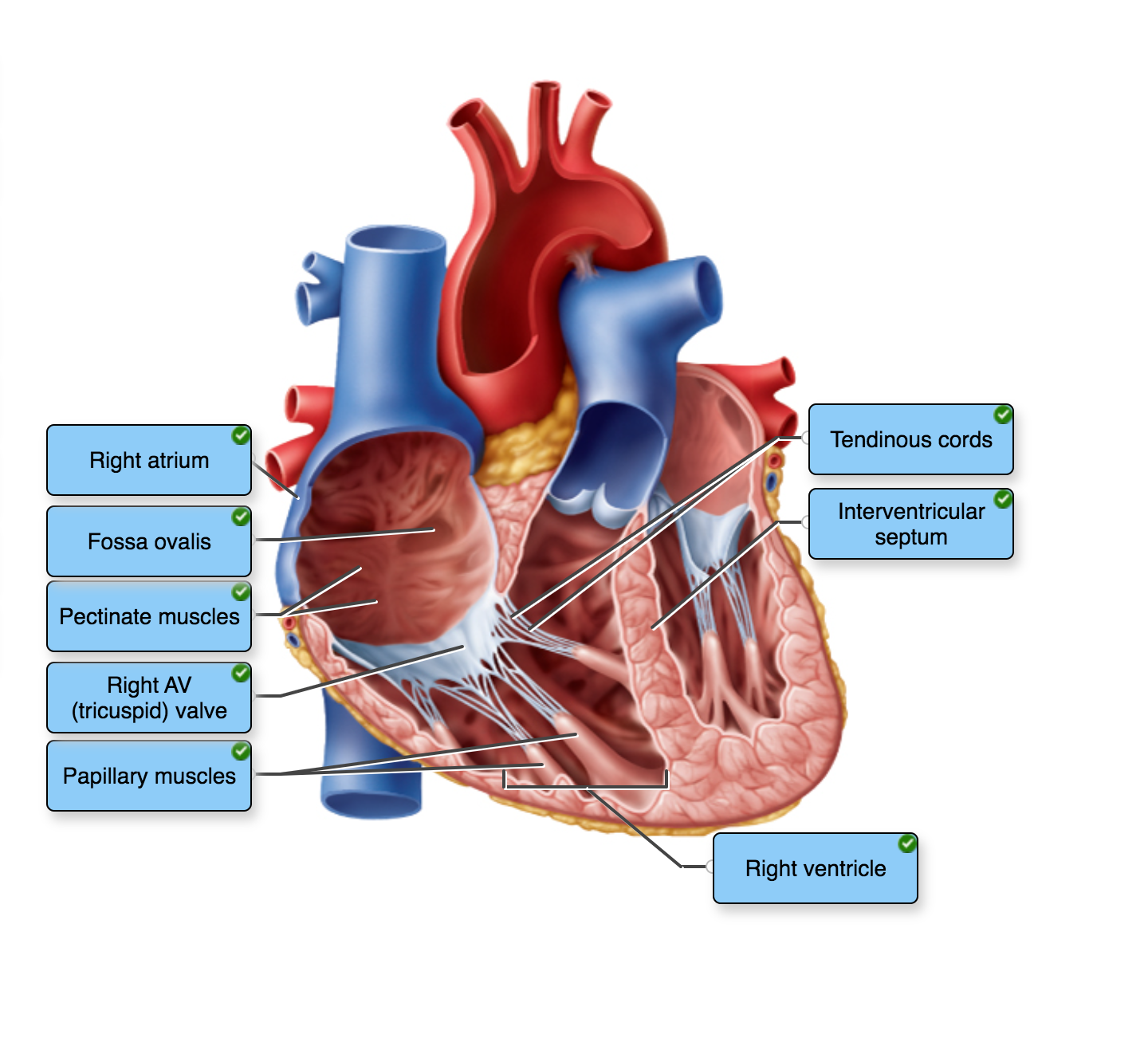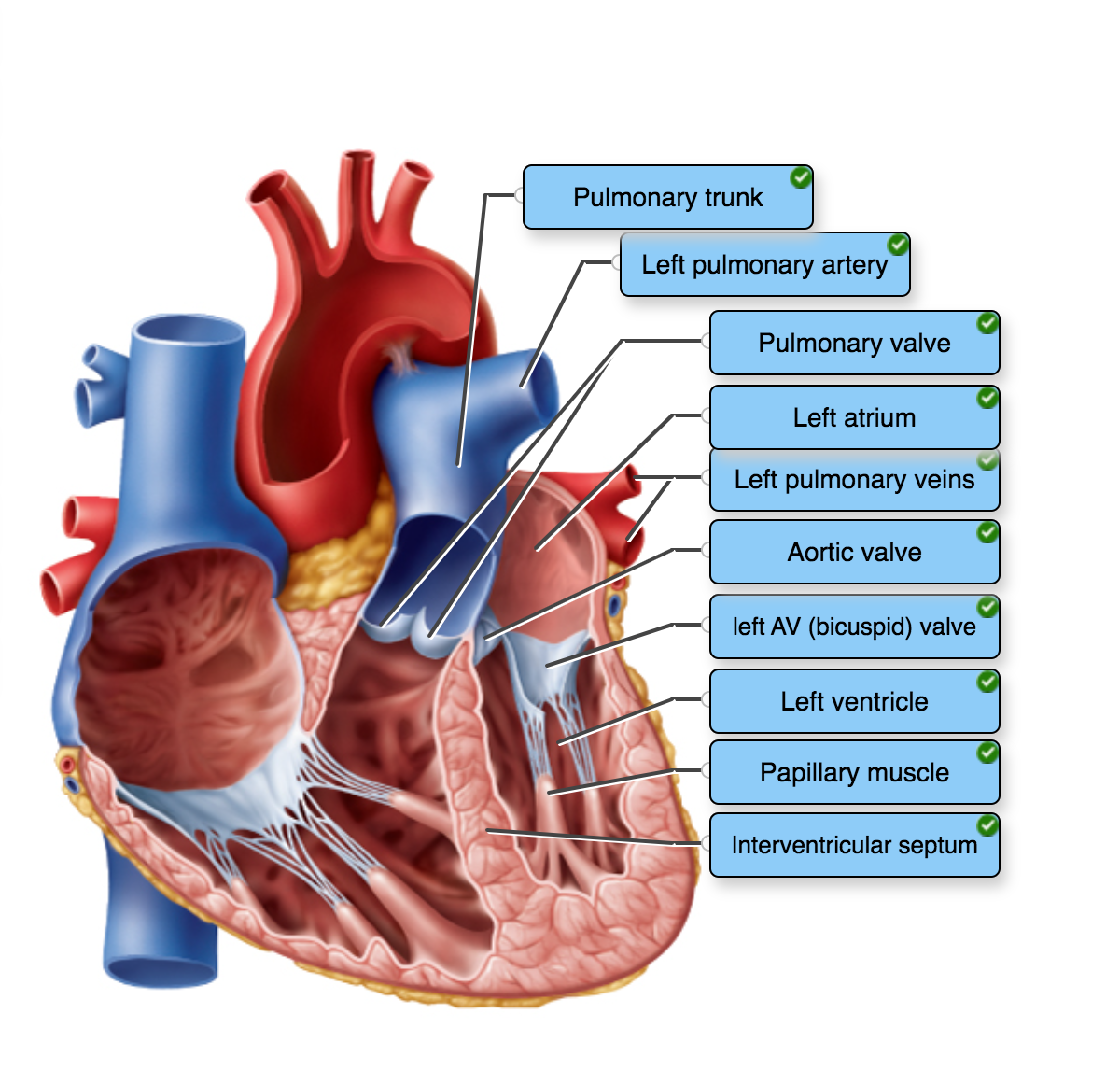A&P UNIT 4 EXAM
Cardiovascular System
The cardiovascular system, also known as the circulatory system, is responsible for the transportation of blood, nutrients, and oxygen throughout the body. It consists of the heart, blood vessels, and blood.
Heart
The heart is a muscular organ that pumps blood throughout the body. It has four chambers:
- Right atrium
- Right ventricle
- Left atrium
- Left ventricle
Blood Vessels
Blood vessels are tubes that transport blood throughout the body. There are three types of blood vessels:
- Arteries: carry oxygenated blood away from the heart
- Veins: carry deoxygenated blood back to the heart
- Capillaries: connect arteries and veins, allowing for the exchange of nutrients and waste products
Blood
Blood is a fluid that carries oxygen, nutrients, and waste products throughout the body. It consists of:
Red blood cells: carry oxygen
White blood cells: fight infections
Platelets: help with blood clotting
Plasma: a liquid that carries blood cells and nutrients
- Blood vessels in order: 1. heart, 2. large arteries, 3. medium arteries, 4. arterioles, 5. capillaries, 6. venule, 7. medium vein, 8. large vein, 9. heart
BLOOD FLOW DIAGRAM*

Cardiac Action Potential Graph*

Anatomy of the Heart
The heart is a muscular organ that pumps blood throughout the body. It is located in the chest, between the lungs, and is about the size of a fist. The anatomy of the heart can be divided into four main parts:
- Pericardium
- A double-layered sac that surrounds the heart and protects it from friction.
- Consists of an outer fibrous layer and an inner serous layer.
- Heart Wall
- Consists of three layers: epicardium, myocardium, and endocardium.
- Epicardium: the outermost layer of the heart wall, also known as the visceral pericardium.
- Myocardium: the middle layer of the heart wall, composed of cardiac muscle tissue.
- Endocardium: the innermost layer of the heart wall, lines the chambers and valves of the heart.
- Chambers
- The heart has four chambers: two atria and two ventricles.
- Atria: the upper chambers of the heart, receive blood from the veins.
- Ventricles: the lower chambers of the heart, pump blood out of the heart.
- Valves
The heart has four valves: two atrioventricular valves (AV) and two semilunar valves (SL).
AV valves: located between the atria and ventricles, prevent backflow of blood into the atria.
SL valves: located at the base of the pulmonary artery and aorta, prevent backflow of blood into the ventricles.
Cardiac Conduction
Definition: The process of electrical signal transmission through the heart that initiates and coordinates the contraction of the heart muscles.
Components of the cardiac conduction system:
- Sinoatrial (SA) node: The natural pacemaker of the heart located in the right atrium.
- Atrioventricular (AV) node: Located in the lower part of the right atrium, it receives the electrical signal from the SA node and delays it before transmitting it to the ventricles.
- Bundle of His: A bundle of specialized fibers that transmit the electrical signal from the AV node to the ventricles.
- Purkinje fibers: Specialized fibers that distribute the electrical signal throughout the ventricles, causing them to contract.
Steps in the cardiac conduction process:
- The SA node generates an electrical signal that spreads through the atria, causing them to contract.
- The electrical signal reaches the AV node, where it is delayed to allow the atria to fully contract before the ventricles begin to contract.
- The electrical signal is transmitted through the bundle of His and Purkinje fibers, causing the ventricles to contract from the bottom up.
Factors that can affect cardiac conduction:
- Heart disease or damage to the conduction system.
- Electrolyte imbalances, such as low potassium or high calcium levels.
- Medications that affect the heart's electrical activity, such as beta-blockers or calcium channel blockers.
- Age-related changes in the conduction system.
HEART DIAGRAMS*


Circulation
Blood flows through the body in two circuits:
- Pulmonary circulation: carries deoxygenated blood from the heart to the lungs and oxygenated blood back to the heart
- Systemic circulation: carries oxygenated blood from the heart to the rest of the body and deoxygenated blood back to the heart
Functions
The cardiovascular system has several important functions:
- Transporting oxygen and nutrients to the body's tissues
- Removing waste products from the body's tissues
- Regulating body temperature
- Fighting infections and diseases
Maintaining fluid balance in the body
Endocrine System
The endocrine system is a complex network of glands and organs that produce and secrete hormones. These hormones regulate a wide range of bodily functions, including growth and development, metabolism, and reproductive processes.
- Works more slowly than nervous system, however the effects last much longer.
Glands of the Endocrine System
- Pituitary gland
- Thyroid gland
- Parathyroid glands
- Adrenal glands
- Pancreas
- Ovaries (in females)
- Testes (in males)
Hormones Produced by the Endocrine System
- Growth hormone (GH)
- Thyroid-stimulating hormone (TSH)
- Adrenocorticotropic hormone (ACTH)
- Follicle-stimulating hormone (FSH)
- Luteinizing hormone (LH)
- Prolactin
- Oxytocin
- Vasopressin
- Insulin
- Glucagon
- Cortisol
- Adrenaline (epinephrine)
- Noradrenaline (norepinephrine)
- Testosterone (in males)
- Estrogen (in females)
Functions of the Endocrine System
- Regulation of growth and development
- Regulation of metabolism
- Regulation of fluid and electrolyte balance
- Regulation of reproductive processes
- Response to stress
- Maintenance of homeostasis
- Regulation of blood sugar levels
- Regulation of blood pressure
- Regulation of heart rate
- Regulation of body temperature
Disorders of the Endocrine System
Diabetes mellitus
Hypothyroidism
Hyperthyroidism
Cushing's syndrome
Addison's disease
Acromegaly
Gigantism
Dwarfism
Polycystic ovary syndrome (PCOS)
Infertility
Erectile dysfunction
Hormones Secreted by Gland
- Pituitary Gland (Anterior & Posterior)
- Growth Hormone (GH)
- growth- most target cells
- Prolactin (PRL)
- milk making
- Adrenocorticotropic Hormone (ACTH)
- stims cortisol prod.
- Thyroid-Stimulating Hormone (TSH)
- stims thyroid
- Follicle-Stimulating Hormone (FSH)
- stims production of sperm in men
- menstrual cycle and stims ovaries to make eggs
- Luteinizing Hormone (LH)
- sexual development
- Antidiuretic Hormone (ADH)
- water retention of kidneys
- Oxytocin
- sexual arousal
- contractions/labor
- mother/baby bonding
- Thyroid Gland
- Thyroxine (T4)
- energy
- Triiodothyronine (T3)
- energy
- Calcitonin
- reduces blood calcium levels
- Parathyroid Gland
- Parathyroid Hormone (PTH)
- inhibits osteoclast activity
- calcium release
- Adrenal Gland
- Adrenaline (Epinephrine)
- fight or flight- heart
- Noradrenaline (Norepinephrine)
- fight or flight- blood vessels
- Cortisol (cortex)
- steroid
- metabolism
- immune response
- Aldosterone (cortex)
- water & salt
- Androgens
- male sexual reproduction
- Pancreas
- Insulin
- decreases glucose levels
- Glucagon
- raises glucose levels
- Somatostatin
- \
- Ovaries
- Estrogen
- \
- Progesterone
- Testes
- Testosterone
- Pineal Gland
- Melatonin
- sleep/wake cycle
- Thymus
- Thymosin
- t cells (immune support)
- Hypothalamus
- Gonadotropin-Releasing Hormone (GnRH)
- Growth Hormone-Releasing Hormone (GHRH)
- Somatostatin (SS)
- Thyrotropin-Releasing Hormone (TRH)
- Corticotropin-Releasing Hormone (CRH)
- Prolactin-Releasing Hormone (PRH)
- Prolactin-Inhibiting Hormone (PIH)
Respiratory System
The respiratory system is responsible for the exchange of gases between the body and the environment. It consists of the following parts:
Nose and Mouth
- Air enters the body through the nose and mouth.
- Hairs in the nose filter out large particles.
- Mucus in the nose and mouth traps smaller particles.
Pharynx
- The pharynx is a muscular tube that connects the nose and mouth to the larynx.
- It serves as a passageway for air and food.
Larynx
- The larynx is located at the top of the trachea.
- It contains the vocal cords, which vibrate to produce sound.
- The epiglottis, a flap of tissue, covers the larynx during swallowing to prevent food from entering the airway.
Trachea
- The trachea, or windpipe, is a tube that connects the larynx to the bronchi.
- It is lined with cilia and mucus-producing cells that help to trap and remove particles.
Bronchi
- The bronchi are two tubes that branch off from the trachea and lead to the lungs.
- They are also lined with cilia and mucus-producing cells.
Lungs
- The lungs are the main organs of the respiratory system.
- They are divided into lobes and contain millions of tiny air sacs called alveoli.
- Oxygen from the air is exchanged for carbon dioxide from the blood in the alveoli.
Diaphragm
The diaphragm is a dome-shaped muscle that separates the chest cavity from the abdominal cavity.
It contracts and relaxes to help with breathing.
When it contracts, it flattens and increases the volume of the chest cavity, allowing air to enter the lungs.
When it relaxes, it returns to its dome shape and decreases the volume of the chest cavity, forcing air out of the lungs.
- Pathway (airway passages) lower respiratory system- through the lungs; 1. trachea, 2. main primary bronchi, 3. secondary bronchi, 4. tertiary bronchi 5. bronchioles, 6. terminal bronchioles, 7. Respiratory bronchioles, 8. alveolar ducts, 9. alveoli
Anatomy of the Respiratory System
The respiratory system is responsible for the exchange of gases between the body and the environment. It consists of the following structures:
- Nasal Cavity
- Lined with mucous membranes and cilia
- Warms, moistens, and filters air
- Pharynx
- Connects the nasal cavity and mouth to the larynx
- Contains the tonsils
- Larynx
- Contains the vocal cords
- Connects the pharynx to the trachea
- epiglottis
- Trachea
- Lined with cilia and mucus-producing cells- pseudostratified ciliated columnar epithelium
- Divides into the left and right bronchi
- Bronchi
- Divides into smaller bronchioles
- Lined with smooth muscle and mucus-producing cells
- Alveoli
- Tiny air sacs where gas exchange occurs
- Surrounded by capillaries
- Lungs
- Paired organs that contain bronchi, bronchioles, and alveoli
- Surrounded by pleural membranes
- Diaphragm
- Dome-shaped muscle that separates the thoracic and abdominal cavities
- Contracts during inhalation, allowing the lungs to expand
Blood Anatomy:
- Introduction to blood anatomy
- Composition of blood
- Plasma
- Formed elements
- Red blood cells (erythrocytes)
- White blood cells (leukocytes)
- Platelets (thrombocytes)
- Red blood cells (erythrocytes)
- Structure
- Function
- Production
- White blood cells (leukocytes)
- Structure
- Function
- Types
- Platelets (thrombocytes)
- Structure
- Function
- Production
- Blood groups and types
- ABO blood group system
- Rh blood group system
- Blood circulation
- Systemic circulation
- Pulmonary circulation
- Blood disorders
- Anemia- iron deficienty
- Leukemia- decrease in wbc production
- Hemophilia
- Thrombocytopenia
Types of Leukocytes
Leukocytes, also known as white blood cells, are a crucial component of the immune system. There are five main types of leukocytes, each with unique functions and characteristics:
Neutrophils
- Most abundant type of leukocyte
- First responders to bacterial infections
- Phagocytize and destroy bacteria
Lymphocytes
- Second most abundant type of leukocyte
- Responsible for adaptive immunity
- Two main types: B cells and T cells
Monocytes
- Largest type of leukocyte
- Precursors to macrophages and dendritic cells
- Phagocytize and destroy pathogens
Eosinophils
- Involved in allergic reactions and parasitic infections
- Release enzymes that destroy parasites
- Play a role in asthma and other allergic diseases
Basophils
- Least abundant type of leukocyte
- Involved in allergic reactions and inflammation
- Release histamine and other chemicals that promote inflammation
Leukocytes work together to protect the body from infections and diseases. Understanding the different types of leukocytes and their functions is essential for maintaining a healthy immune system.